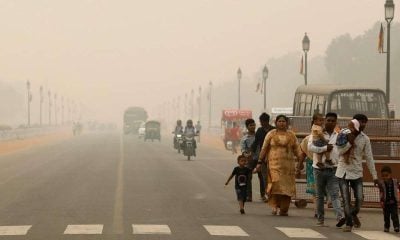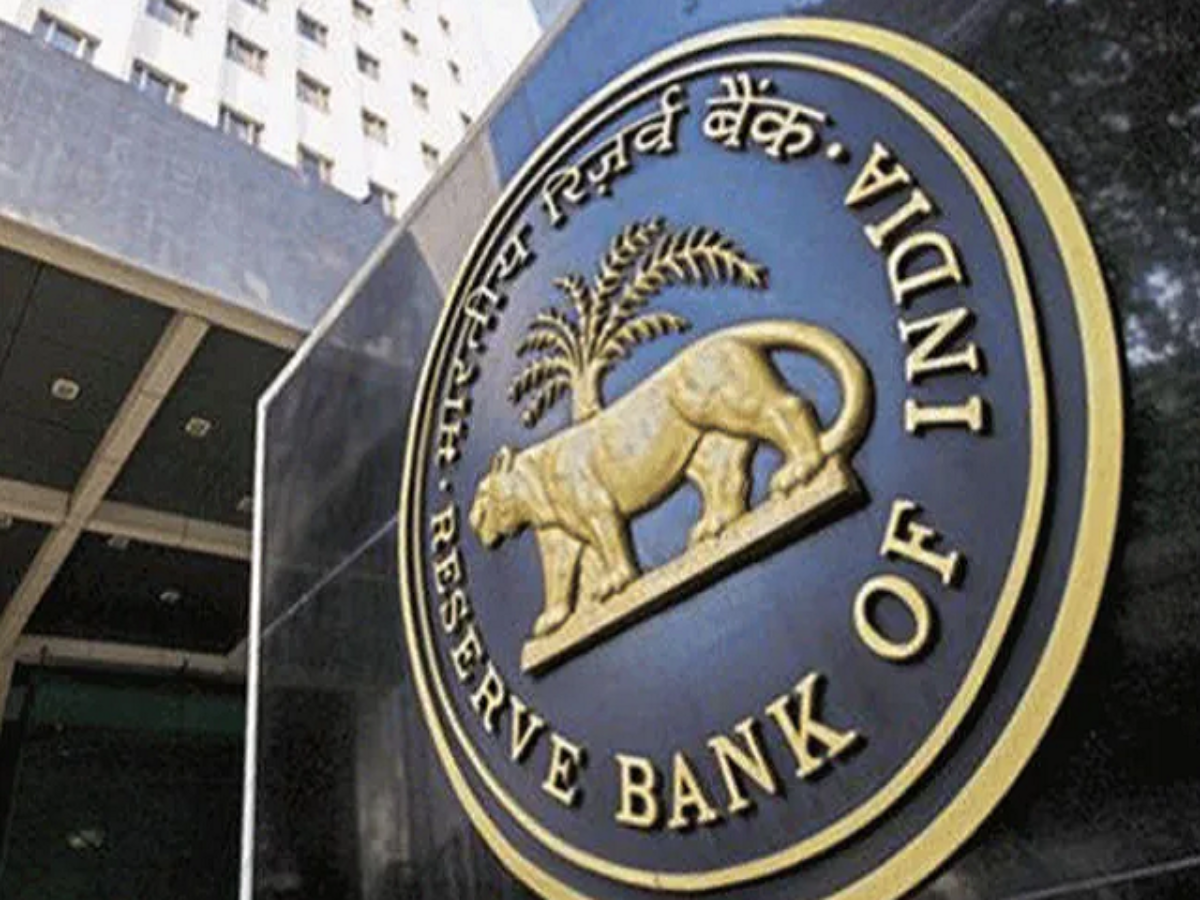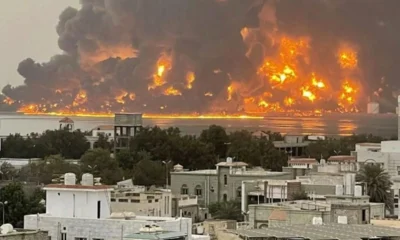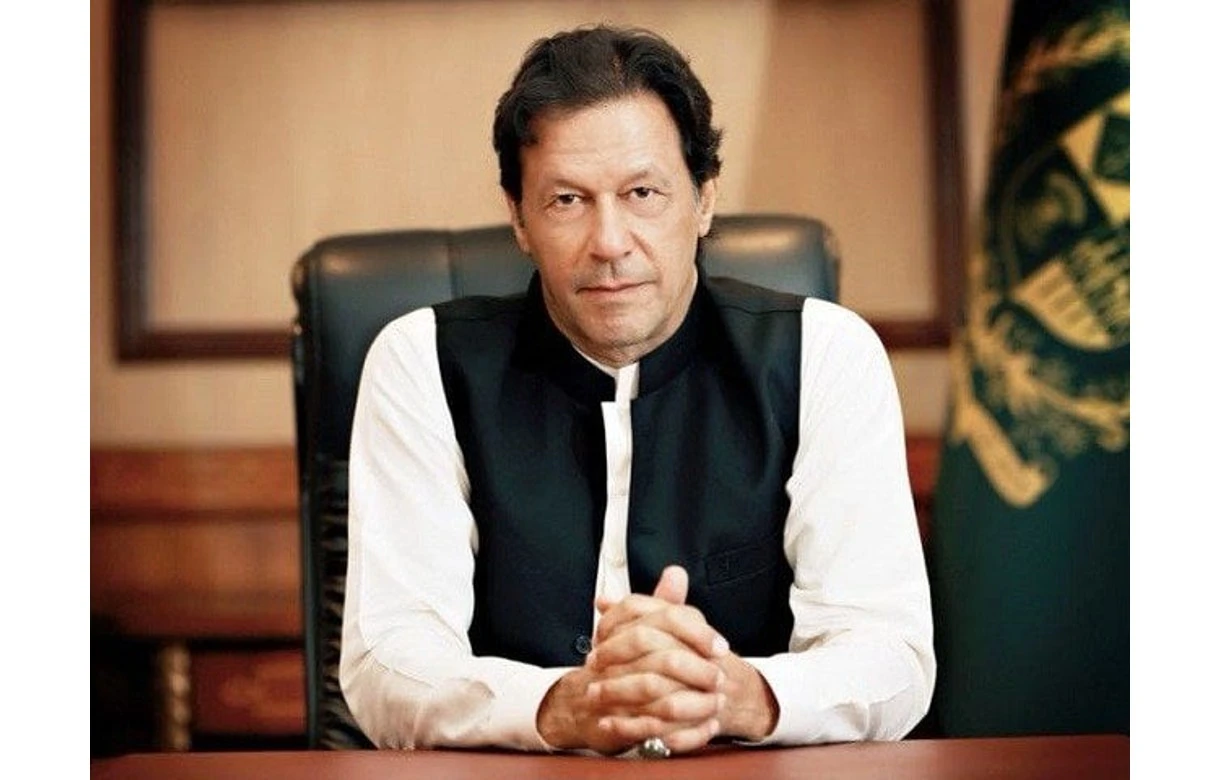Latest world news
Saudi Crown Prince MBS meets Netanyahu in Amman

Latest world news
Asim Munir appointed Pakistan’s first Chief of Defence Forces, to serve 5-year term
Field Marshal Asim Munir has been appointed Pakistan’s first Chief of Defence Forces, consolidating top military authority under a new constitutional amendment.
Latest world news
Imran Khan accuses Asim Munir of mental torture, says sister after rare jail meeting
Imran Khan has alleged “mental torture” inside Adiala Jail, according to his sister who met him after weeks of blocked access. The family claims authorities are withholding information about his condition.
Latest world news
Trump pledges permanent pause on migration from Third World countries in Thanksgiving message
US President Donald Trump declared that migration from all Third World countries will be permanently paused, criticising current immigration policies and announcing measures to remove non-citizens who he says do not benefit the US.
-

 India News22 hours ago
India News22 hours agoPM Modi welcomes Vladimir Putin with warm hug as Russian President begins India visit
-

 India News21 hours ago
India News21 hours agoDelhi to install 305 mist sprayers across 9 major pollution hotspots
-

 Cricket news21 hours ago
Cricket news21 hours agoRavi Shastri warns critics against messing around with Virat Kohli and Rohit Sharma
-

 India News6 hours ago
India News6 hours agoIndiGo flight chaos deepens as over 500 services cancelled, passengers stranded for hours
-

 India News6 hours ago
India News6 hours agoRBI cuts repo rate to 5.25%, paving the way for cheaper loans
-

 Latest world news6 hours ago
Latest world news6 hours agoAsim Munir appointed Pakistan’s first Chief of Defence Forces, to serve 5-year term
-

 India News1 hour ago
India News1 hour agoIndia and Russia vow to walk together against terrorism, reaffirm strategic partnership
-

 Entertainment1 hour ago
Entertainment1 hour agoDhurandhar review: Ranveer Singh roars back, Akshaye Khanna shines in intense spy thriller

















